Our Take
Fiscal Consequences of Climate Change on Infrastructure
Senate Budget Committee holds 10th hearing on the taxpayer costs of climate change
On Wednesday, July 26, the United States Senate Committee on the Budget held a hearing titled “Beyond the Breaking Point: The Fiscal Consequences of Climate Change on Infrastructure.” The hearing featured 5 witnesses: Louisiana Governor John Bel Edwards; Dr. Susan F. Tierney, Senior Advisor at Analysis Group; Dr. Jesse M. Keenan, Favrot II Associate Professor of Sustainable Real Estate and Urban Planning at Tulane University; Mrs. Linda Apsey, President and CEO of ITC Holdings Corp; and Mr. Alexander Herrgott, President and CEO of The Permitting Institute. This was the 10th hearing in Chairman Whitehouse’s (D-RI) series on the taxpayers’ costs of climate change.
Chairman Whitehouse opened the hearing by highlighting examples of the extreme weather we have seen just this past month: a new record for the most consecutive days above 110 degrees in Phoenix, smoke from unprecedented Canadian wildfires in skies across the United States, intense flooding in Vermont, New York and Pennsylvania, and massive drought in the Midwest. The cost of climate change is growing and federal taxpayers are paying the price.
Increasingly frequent and deadly natural disasters, as well as other long-term changing weather patterns driven by climate change – such as higher average temperatures and increased precipitation – can have negative impacts on our nation’s infrastructure. As Chairman Whitehouse said in his opening statement, the effects of climate change can result in “shorter asset lifespans and higher ongoing expenses.” Taxpayers not only pay to repair federally owned infrastructure, but also fund federal programs that assist state- and privately-owned infrastructure.
The climate risk to transportation infrastructure across the country is great. According to Dr. Keenan, the direct damage from climate change to roads alone is estimated to cost nearly $20 billion each year. By the end of the decade, increased operation and maintenance expenses for paving and resurfacing roads are also estimated to be $19 billion annually. The impacts of climate change on infrastructure are already being seen across the country, from intense heat buckling roadways in Texas, Oregon, and Utah, to increased flooding closing East Coast roads.
There are a variety of federal programs that address damage to transportation infrastructure from climate change. Since 1998, federal taxpayers have spent more than $20 billion on the Federal Highway Administration’s Emergency Relief Program (FHWA-ER), which provides grants to repair or reconstruct federal-aid highways and roads on federal lands. Taxpayers have also spent nearly $11 billion on ad-hoc disaster aid through the Federal Transit Administration’s Public Transportation Emergency Relief Program, most of which was in response to Superstorm Sandy. These are but two examples of many spending line items in the federal budget dedicated to repairing roads, bridges, and other infrastructure damaged by climate change.
The infrastructure at risk from climate change expands beyond transportation. Dr. Tierney testified that “given the nation’s dependence on well-functioning energy infrastructure, [the adverse impacts of climate change are] leading to great suffering, both directly by increasing costs, disrupting heating and cooling, and indirectly, by disrupting electricity services and causing energy prices to spike.” Dr. Tierney cited a Department of Energy estimate that power outages due to severe weather cost the nation between $24 and $44 billion a year, adjusted for inflation. While not all of these costs are felt directly by federal taxpayers, taxpayers have paid and will continue to pay direct costs from impacts on federal energy infrastructure – like damages to the Strategic Petroleum Reserve, which has received $52 million in funding over the last decade for expenses related natural disasters – and indirect costs – like higher costs to manage federal buildings and increased spending on energy assistance programs.
Natural disasters also pose direct physical threats to water infrastructure. Increasing demand for water will put an additional strain on a national water system that already faces billions of dollars in needed repairs. Dr. Keenan testified that urban drainage infrastructure damages are estimated to cost approximately $4.3 billion a year by 2050, with an additional $2 billion in costs associated with water quality and quantity issues in existing systems. Federal programs like the Clean Water State Revolving Fund and Drinking Water Revolving Fund will be under increasing fiscal strain.
These costs will likely be exacerbated in the West. According to Sen. Lujan (D-NM), “the Southwest U.S. faces upwards of $1.4 trillion in lost GDP between 2022 and 2050 due to risks and costs of projected water scarcity challenges.” Federal taxpayers will continue to support drought mitigation efforts in the West and elsewhere in the United States. The federal government recently appropriated $4 billion in the Inflation Reduction Act for activities to mitigate the impacts of drought in the West, with priority given to the Colorado River Basin. In May, the federal government announced $1.2 billion in payments to irrigation districts, tribes, and cities to use less Colorado River water through 2026 to help alleviate drought impacts. In agriculture, taxpayers also support a number of drought-related livestock and nursery crop disaster programs to the tune of billions of dollars every year.
Disaster mitigation and pre-sponding has the potential to better protect communities and save taxpayers dollars. According to the National Institute of Building Sciences, every $1 invested in disaster mitigation saves society $6 or more in post-disaster response. As Sen. Padilla (D-CA) said in the hearing, “an ounce of prevention is worth a pound of cure… And so being smart and strategic with those front-end investments do pay a huge dividend, not if but when major disasters happen.”

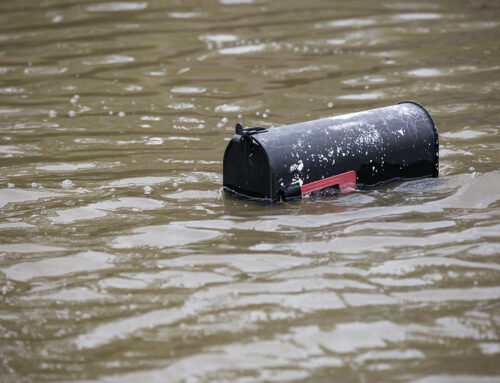
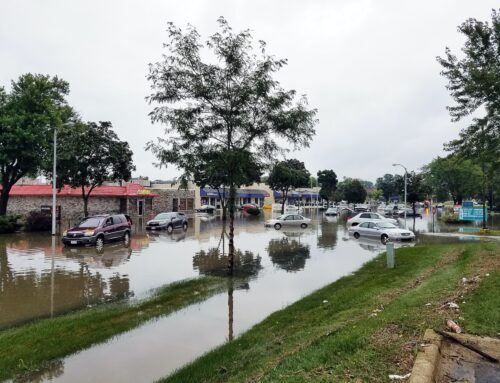

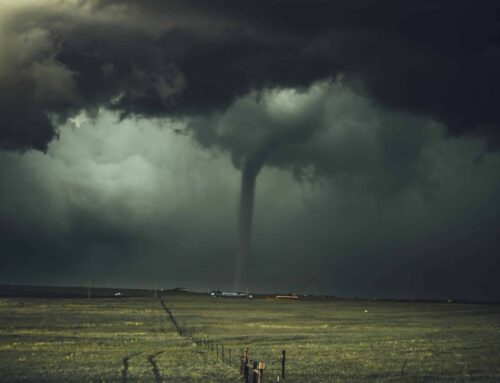
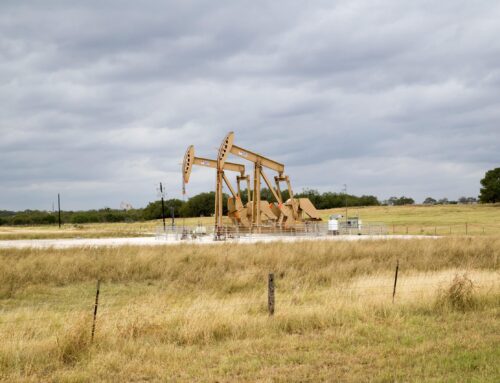

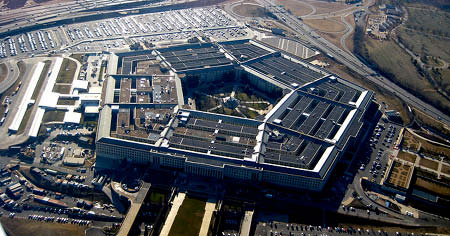
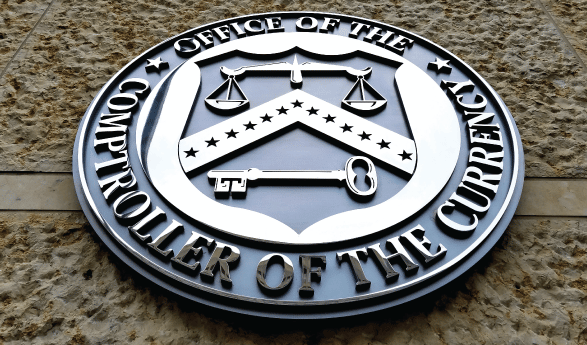




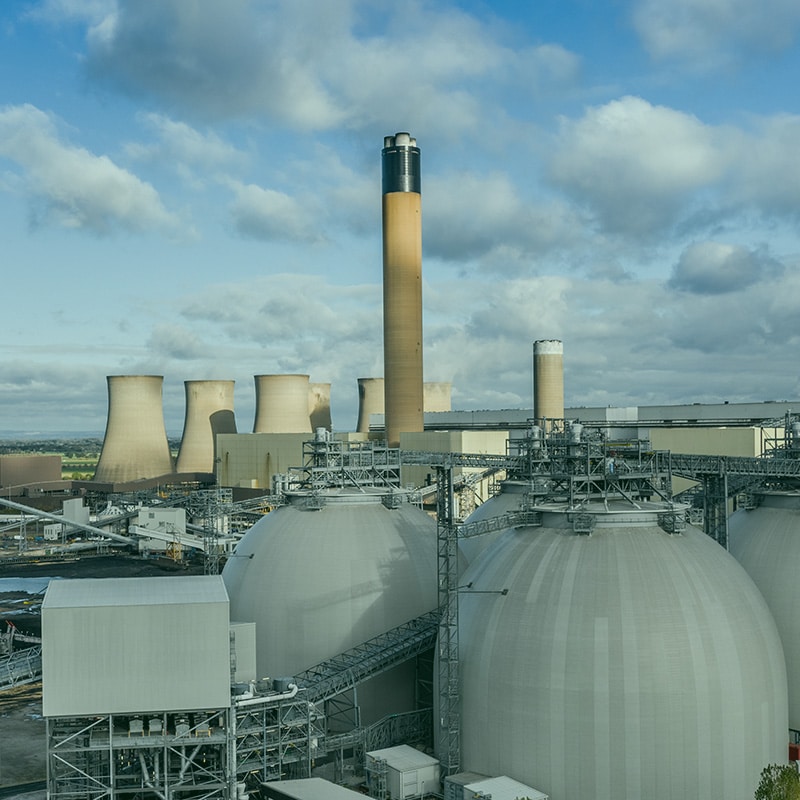
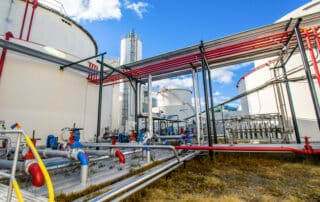

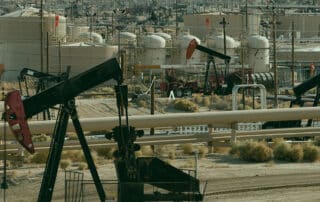
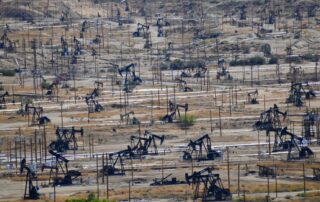
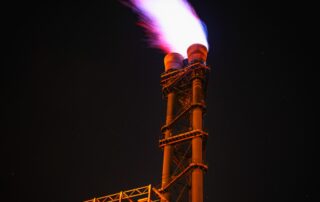
Get Social